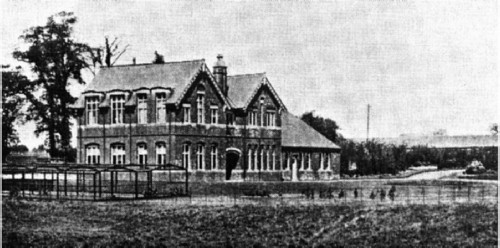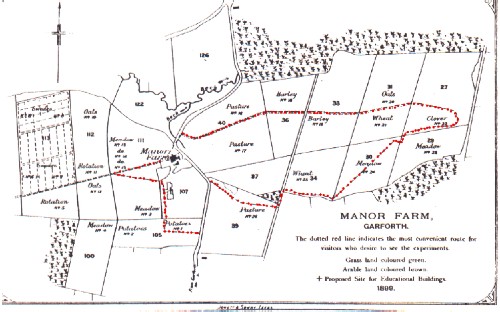
Educational Buildings

| The 2 Year's Course | 8 |
| Veterinary Lectures only | 1 |
| 10 Week Winter Course | 9 |
| Poultry Course only | 7 |
| Saturday Horticultural Class | 8 |
| TOTAL | 33 |

| Note: |
| The Victoria University was a federation of the three Colleges of Manchester, Liverpool, and Leeds, before each was granted University status in its own right. |
| Return to text |